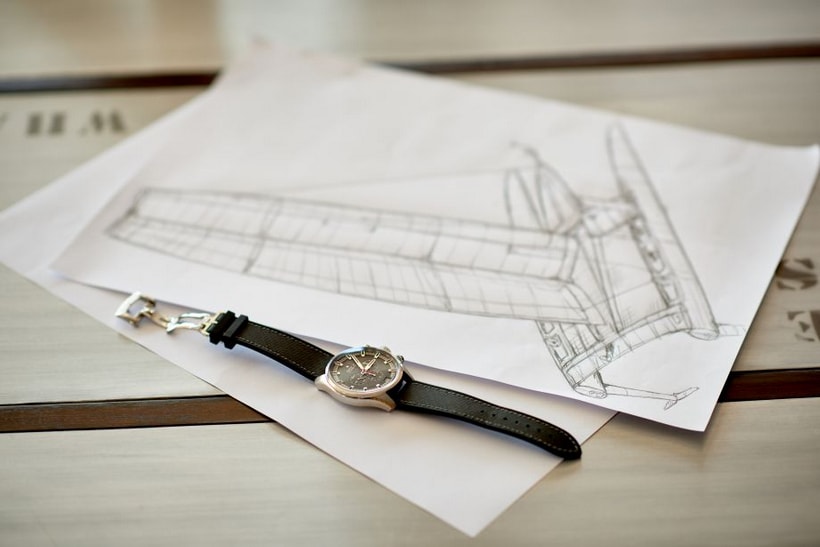
This trilogy comprised the A384, a tonneau-shaped panda-dial model, the A385, featuring the same case but with an original gradient brown dial (possibly the first of its kind) and the A386, the most classical of the three models, with a round case but also the watch that first showed the signature tri-colour sub-counters, something that has become a hallmark of Zenith. This A386 is the most iconic model in the trilogy introduced in 1969, the three watches created by Zenith to feature its newly developed and innovative movement, the El Primero calibre, regarded as one of the earliest automatic chronograph movements. The whole idea behind this modern watch is to be the closest (visually, at least) to what’s probably the most famous watch in the entire history of Zenith, the reference A386, or the inaugural three-colour El Primero watch. Without doing the entire story of the El Primero again – the story of its creation, discontinuation and revival can be read here – we can’t escape the topic of 1969 when talking about the Chronomaster Original. And I had the opportunity to spend some time with it on the wrist. The watch that really did it for me last year was the smaller, more retro-styled Zenith Chronomaster Original.


Objectively, it is a great watch that most of our team considered a home run. In 2021, the brand showed impressive creativity in the field of El Primero-based watches, mainly with the introduction of the praised Chronomaster Sport. Recurring readers of MONOCHROME certainly know my love for classic-looking, historical chronographs with compact dimensions, and that specific Zenith had long been on my personal wishlist… until the brand discontinued it. For a long time, Zenith had a watch named the El Primero 38mm in its collection, a sort of direct descendant to the classic A386 watch, despite not being entirely true to the original design.


 0 kommentar(er)
0 kommentar(er)
